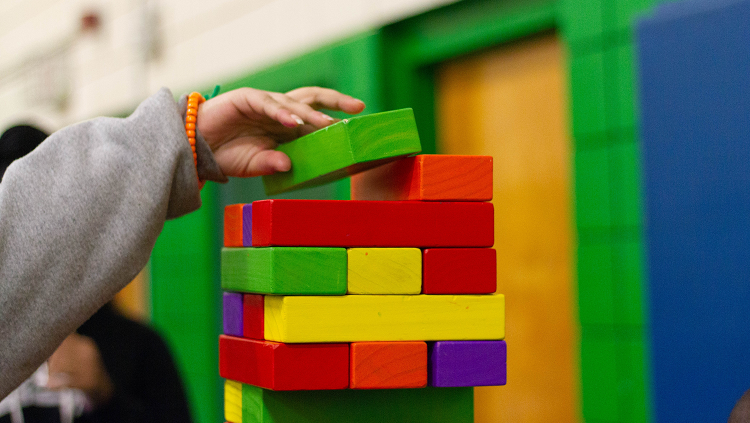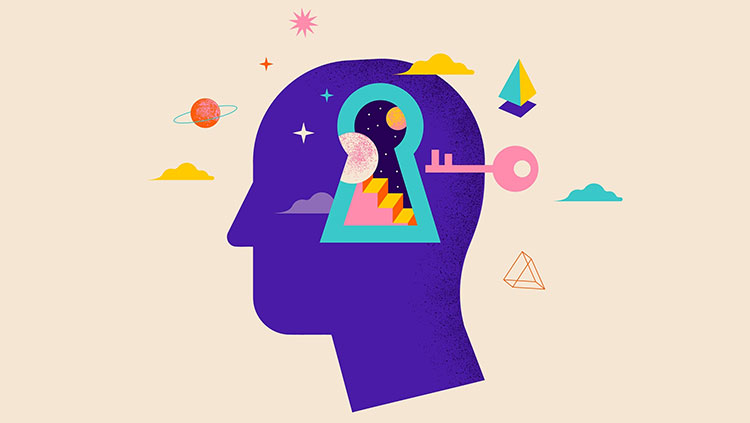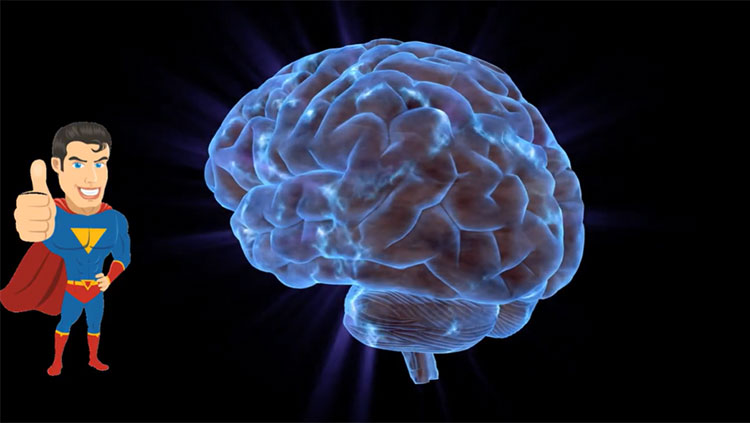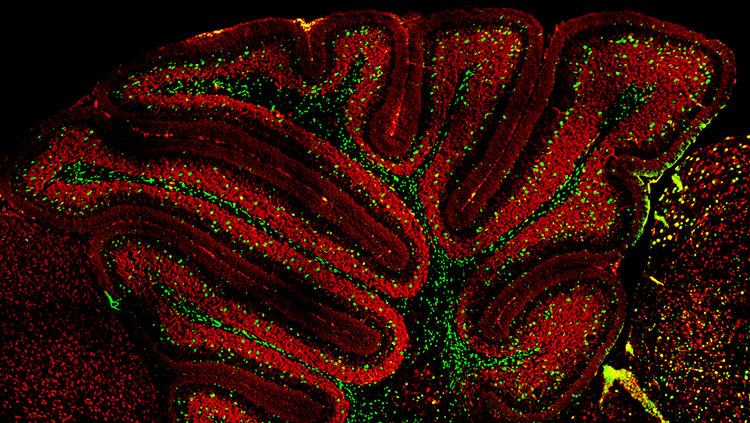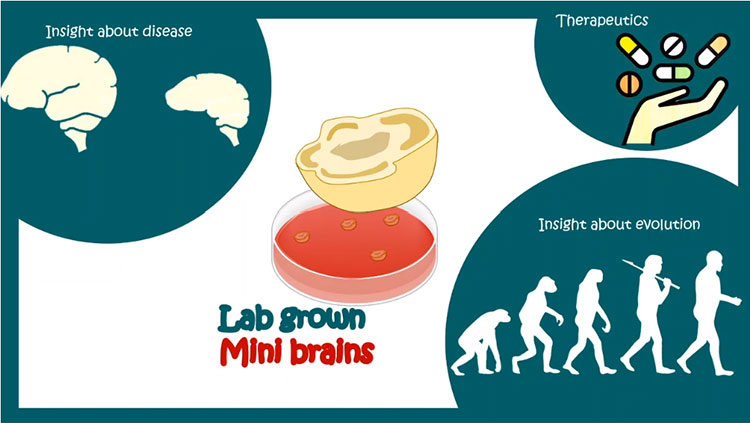The First Years of Life
- Reviewed25 Sep 2019
- Author Melissa Galinato
- Source BrainFacts/SfN
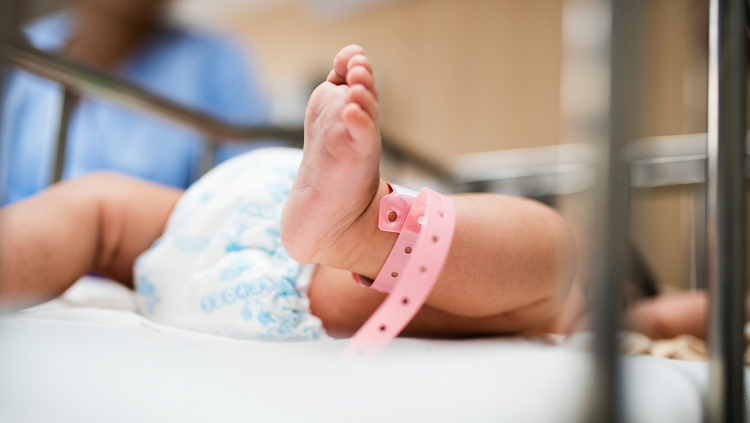
The first months and years of life mark the most rapid periods of growth and development for the human brain. The neural pathways that develop during this time lay the foundation for the people we will become.
After 40 weeks in the womb, a baby’s brain weighs about 370 grams (or 13 ounces). Just shy of a pound, it accounts for a remarkably large percentage of an infant’s body weight. Compare that to the average adult brain which weighs three pounds and makes up only 2% of body mass.
The rapid pace of development continues after birth. The brain grows by about 1% per day for the next three months before slowing to a rate of 0.4% per day. At this point, a baby’s brain is 64% larger than it was at birth.
That increase is the result of brain cells multiplying, growing, maturing, and migrating to different brain regions. During those first three months, the number of neurons in the cerebral cortex — the wrinkled, outer layer of the brain — increases between 23 and 30%. The fastest-growing brain region is the cerebellum. It more than doubles in volume by three months. The cerebellum contains more neurons than any other brain region and it helps with motor control and movement — key skills for babies as they explore their world.
Other kinds of cells also grow and multiply in the brain. Support cells called oligodendrocytes wrap nerve fibers with insulating myelin to speed the transmission of electrical signals. Myelin bulks up the brain and gives white matter its characteristic color.
Neurons grow longer dendrites and axons, which allow them to make more connections, or synapses, with other cells. The number and density of synapses increase rapidly during the first years of life. A 2-year-old’s brain is about 20% smaller than an adult brain but has 50% more synapses. Maintaining that many synapses would demand far too much energy and other resources, however. So, during early childhood, the brain begins to pare back synapses and fine-tune the connections. Experience — sensory stimulation and interactions with caregivers and their environment — drive this synaptic pruning process as toddlers grow. Just as pruning rose bushes gets rid of weaker branches to allow nutrients to go to the stronger branches, synaptic pruning culls weaker connections while helping more active synapses grow and stabilize.
By the time a child turns 5 years old, the brain has reached about 90% of its adult size. That still allows for plenty of growth and change during childhood, adolescence, and early adulthood.
Adapted from the 8th edition of Brain Facts by Melissa Galinato.
CONTENT PROVIDED BY
BrainFacts/SfN
References
Dekaban, A. S. (1978). Changes in brain weights during the span of human life: Relation of brain weights to body heights and body weights. Annals of Neurology, 4(4), 345–356. doi: 10.1002/ana.410040410
Fu, M., & Zuo, Y. (2011). Experience-dependent structural plasticity in the cortex. Trends in Neurosciences, 34(4), 177–187. doi: 10.1016/j.tins.2011.02.001
Giedd, J. N. (2008). The teen brain: Insights from neuroimaging. The Journal of Adolescent Health: Official Publication of the Society for Adolescent Medicine, 42(4), 335–343. doi: 10.1016/j.jadohealth.2008.01.007
Giedd, J. N. (2015). Adolescent neuroscience of addiction: A new era. Developmental Cognitive Neuroscience, 16, 192–193. doi: 10.1016/j.dcn.2015.11.002
Holland, D., Chang, L., Ernst, T. M., Curran, M., Buchthal, S. D., Alicata, D., … Dale, A. M. (2014). Structural growth trajectories and rates of change in the first 3 months of infant brain development. JAMA Neurology, 71(10), 1266–1274. doi: 10.1001/jamaneurol.2014.1638
Leigh, S. R. (2004). Brain growth, life history, and cognition in primate and human evolution. American Journal of Primatology, 62(3), 139–164. doi: 10.1002/ajp.20012
Lenroot, R. K., & Giedd, J. N. (2006). Brain development in children and adolescents: Insights from anatomical magnetic resonance imaging. Neuroscience and Biobehavioral Reviews, 30(6), 718–729. doi: 10.1016/j.neubiorev.2006.06.001
Luciana, M., & Ewing, S. W. F. (2015). Introduction to the special issue: Substance use and the adolescent brain: Developmental impacts, interventions, and longitudinal outcomes. Developmental Cognitive Neuroscience, 16, 1–4. doi: 10.1016/j.dcn.2015.10.005
Shankle, W. R., Rafii, M. S., Landing, B. H., & Fallon, J. H. (1999). Approximate doubling of numbers of neurons in postnatal human cerebral cortex and in 35 specific cytoarchitectural areas from birth to 72 months. Pediatric and Developmental Pathology : The Official Journal of the Society for Pediatric Pathology and the Paediatric Pathology Society, 2(3), 244–259. doi: 10.1007/s100249900120
Sowell, E. R., Peterson, B. S., Thompson, P. M., Welcome, S. E., Henkenius, A. L., & Toga, A. W. (2003). Mapping cortical change across the human life span. Nature Neuroscience, 6(3), 309–315. doi: 10.1038/nn1008
Squeglia, L. M., Schweinsburg, A. D., Pulido, C., & Tapert, S. F. (2011). Adolescent Binge Drinking Linked to Abnormal Spatial Working Memory Brain Activation: Differential Gender Effects. Alcoholism, Clinical and Experimental Research, 35(10), 1831–1841. doi: 10.1111/j.1530-0277.2011.01527.x
What to Read Next
Also In Brain Development
Trending
Popular articles on BrainFacts.org



